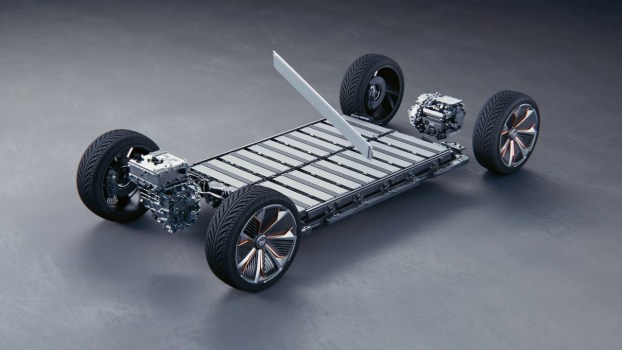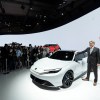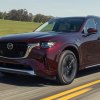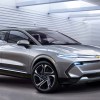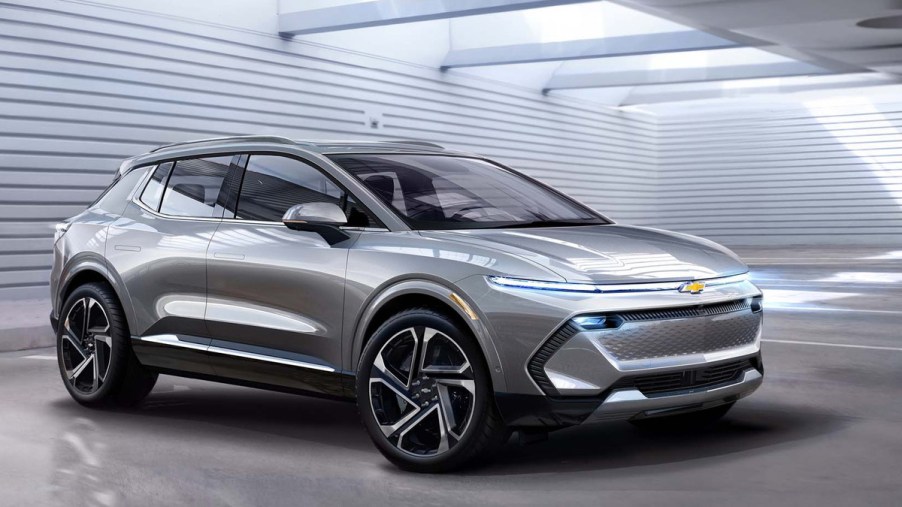
GM and the Terrible, Horrible, No Good, Very Bad Week
In this article:
Not long ago, things were looking great for General Motors. The vaunted American automakers rolled out the Ultium EV platform, saw impressive sales of its new Hummer EV, formed partnerships with Honda/Acura, and were successfully testing Cruise autonomous vehicles in California. In a span of less than 48 hours, everything has changed, and GM might be in big trouble.
Cruise Autonomous Vehicle license revoked in California
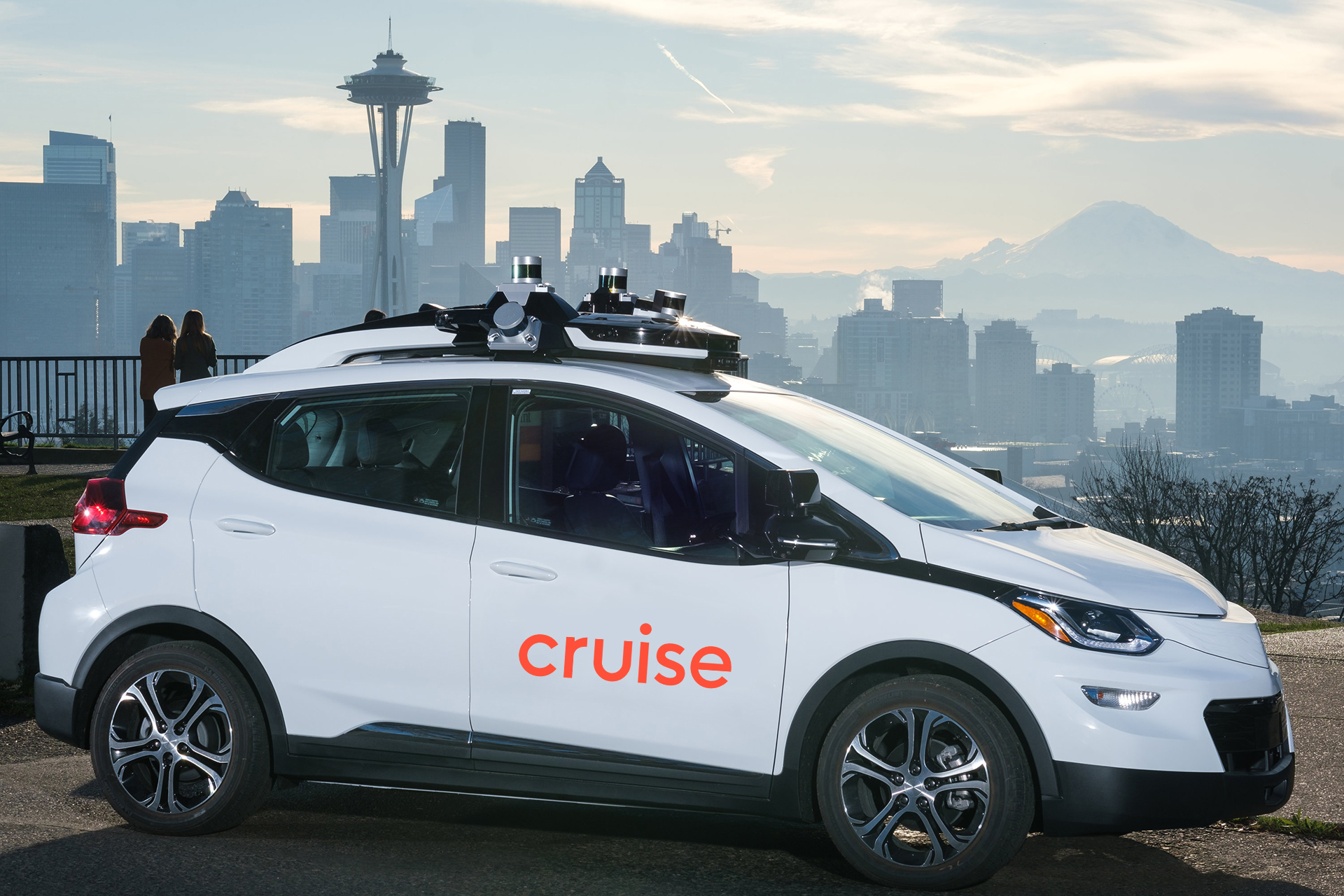
The first bad break for GM came on Tuesday. A California court revoked Cruise’s license to test autonomous vehicles on California roads. This came after a series of accidents involving the vehicles over the past several months. However, the most serious involved a Cruise Autonomous Vehicle briefly dragging a struck pedestrian. Critically, Cruise failed to disclose video of the incident to the DMV. California DMV took issue with this, saying, “[Cruise] misrepresented any information related to safety of the autonomous technology of its vehicles.”
In addition, the California DMV also said, “Based upon the performance of the vehicles, the department determines the manufacturer’s vehicles are not safe for the public’s operation.”
Honda and GM dissolve partnership to co-create affordable EVs
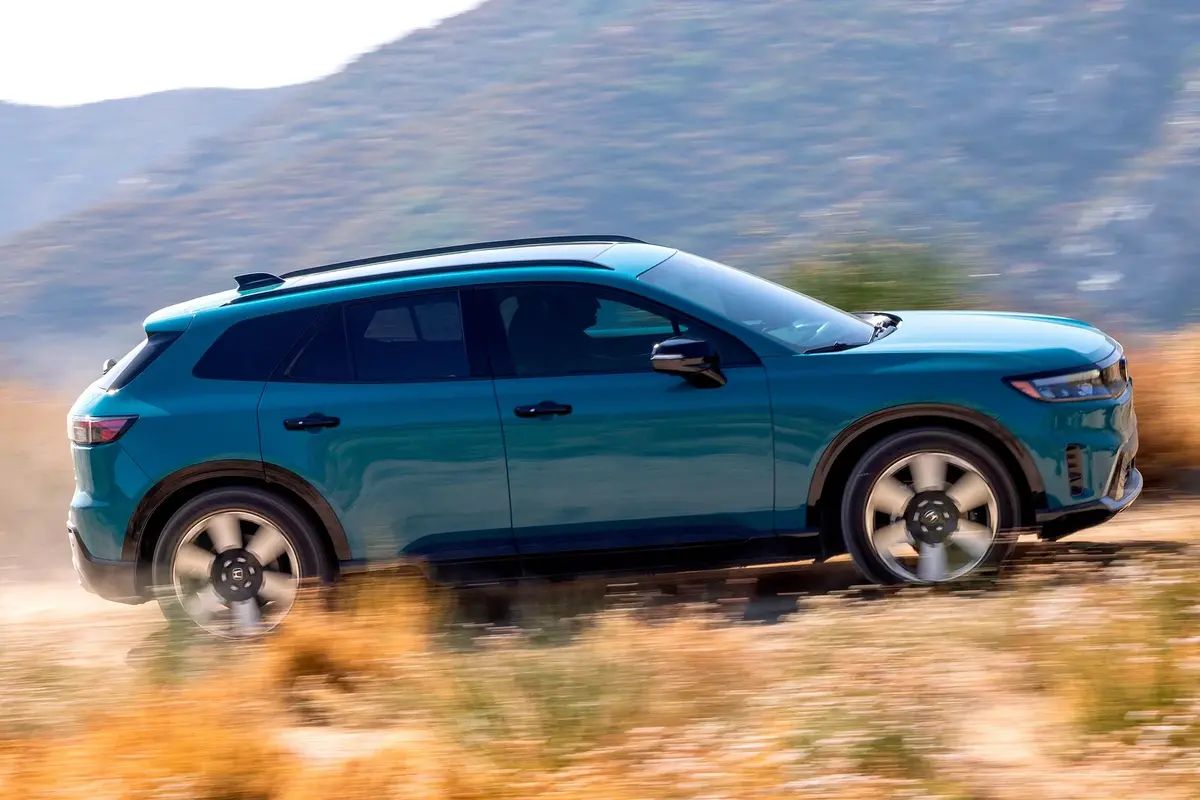
Following that major setback, GM was dealt another blow early this morning. Honda and General Motors scrapped plans to develop a lineup of affordable EVs based on GM’s Ultium architecture. Representatives from Honda stated, “After conducting some research and analyses, both parties decided to end the development. Each company will continue to work towards offering affordable models to the EV market.” That’s a big hit to General Motors. Notably, the American brand supplies the platform for the Honda Prologue and Acura ZDX alongside its own crop of EVs from Chevy, Cadillac, and Hummer.
At the initial announcement in April, General Motors planed to “expand the two companies’ relationship to a new chapter by codeveloping a series of affordable electric vehicles based on a new global architecture using next-generation Ultium battery technology.” They then added, “GM and Honda also will discuss future EV battery technology collaboration opportunities, to further drive down the cost of electrification, improve performance and drive sustainability for future vehicles.”
General Motors puts the brakes on EV plans
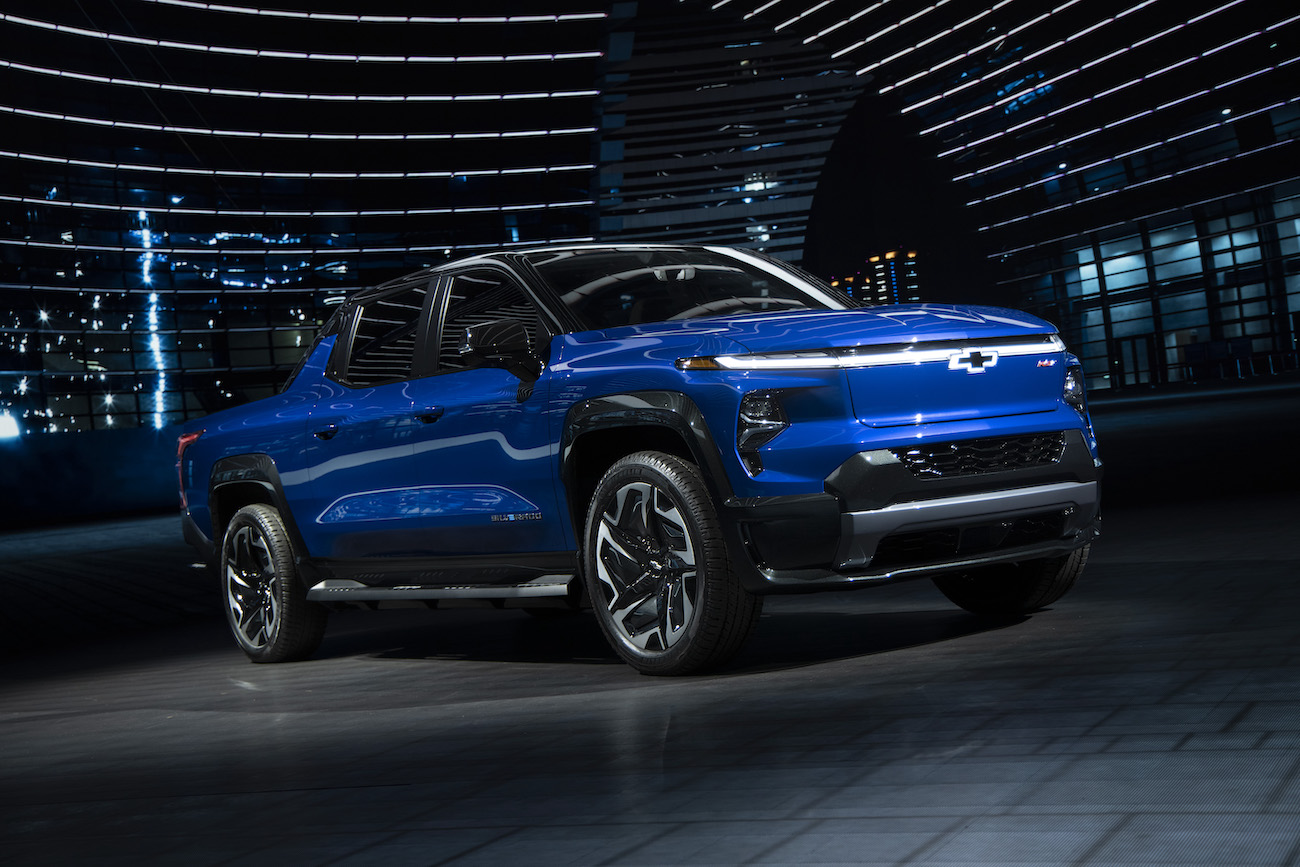
Earlier this year, General Motors planned to build 400,000 EVs by the middle of next year. However, the American automaker is hedging its bet, pulling that forecast from the table without offering a new target. This comes amid diminishing EV demand and an ongoing UAW strike that GM says will cost the company “$200 million per week.”
UAW expands its strike
And finally, the United Auto Workers strike picked up more steam this Tuesday. Yet another round of failed negotiations sent 5,000 GM workers to the picket line at the Arlington, Texas GM plant. That location, critically, builds GM’s large SUVs and is among the most profitable factories within the company, according to the Wall Street Journal.
Will General Motors recover?
It’s likely that GM can survive a dip in EV demand and the ongoing UAW strike. However, problems with Ultium EV production and losing its Honda partnership are tougher hits to handle. Its likely that Honda was paying GM a significant sum for use of its platform. But with those future plans off the table, the viability of GM’s EV ambitions comes into question.
